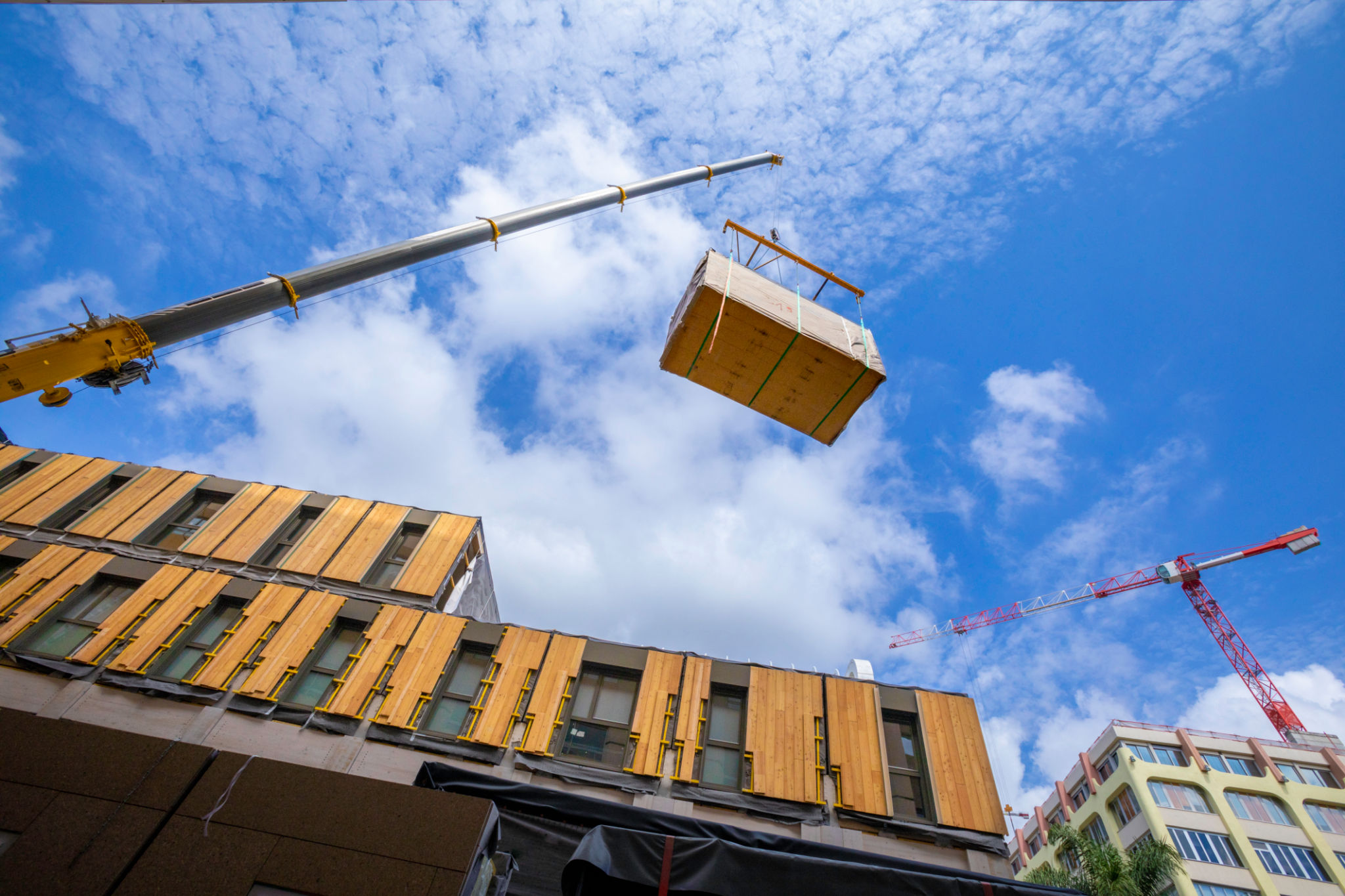5 Common Construction Myths Debunked by Industry Experts
Introduction
In the world of construction, myths and misconceptions are as common as concrete and steel. These misunderstandings can lead to confusion and even hinder the progress of projects. To help clear the air, we've consulted industry experts to debunk some of the most prevalent construction myths.
Myth 1: All Construction Projects Go Over Budget
One of the most widespread myths is that construction projects inevitably exceed their budgets. While it's true that some projects do face financial overruns, this isn't a universal truth. Skilled project managers and contractors employ meticulous planning and budgeting techniques to keep costs under control.
By utilizing advanced software and cost estimation tools, professionals can forecast expenses with remarkable accuracy. Additionally, establishing a well-defined scope of work from the outset helps prevent unexpected costs.

Myth 2: More Expensive Materials Guarantee Better Quality
The belief that higher costs equate to superior quality is another common misconception. While premium materials can offer certain benefits, the suitability of a material often depends on its application. Industry experts emphasize that understanding the specific needs of a project is crucial in selecting the right materials.
For instance, using high-quality paint for exterior walls might be unnecessary if durability is not an issue. It's essential to balance cost with performance to achieve optimal results.
Myth 3: Sustainable Construction Is Too Expensive
Sustainability in construction is often perceived as an expensive luxury. However, this myth doesn't hold up when considering the long-term savings and environmental benefits. Sustainable practices can lead to significant reductions in energy consumption and maintenance costs over time.

Moreover, with the advancement of green technologies and materials, the initial costs of sustainable construction are becoming more competitive. Investing in sustainability can enhance a building's value and appeal in the market.
Myth 4: Permits Are Just Bureaucratic Red Tape
Many people view building permits as mere bureaucratic hurdles, but they serve a crucial purpose in ensuring safety and compliance. Permits are designed to protect both the construction team and future occupants by enforcing regulations and standards.
Industry experts recommend embracing the permit process as a means to achieve higher quality and safer construction outcomes. Proper permitting can prevent costly legal issues and project delays down the line.
Myth 5: Technology Will Replace Human Workers
The rise of technology in construction has sparked fears that machines will replace human labor. While technology is transforming the industry, it is not a substitute for skilled workers. Instead, it complements human expertise by increasing efficiency and precision.

Drones, robotics, and 3D printing are enhancing capabilities rather than eliminating jobs. The demand for skilled labor remains strong, with technology providing new tools that require trained operators and supervisors.
Conclusion
Debunking these myths sheds light on the realities of the construction industry. Understanding these truths allows stakeholders to make more informed decisions, leading to better project outcomes. By relying on expert insights and embracing innovations, we can continue to build a future that is both efficient and sustainable.
